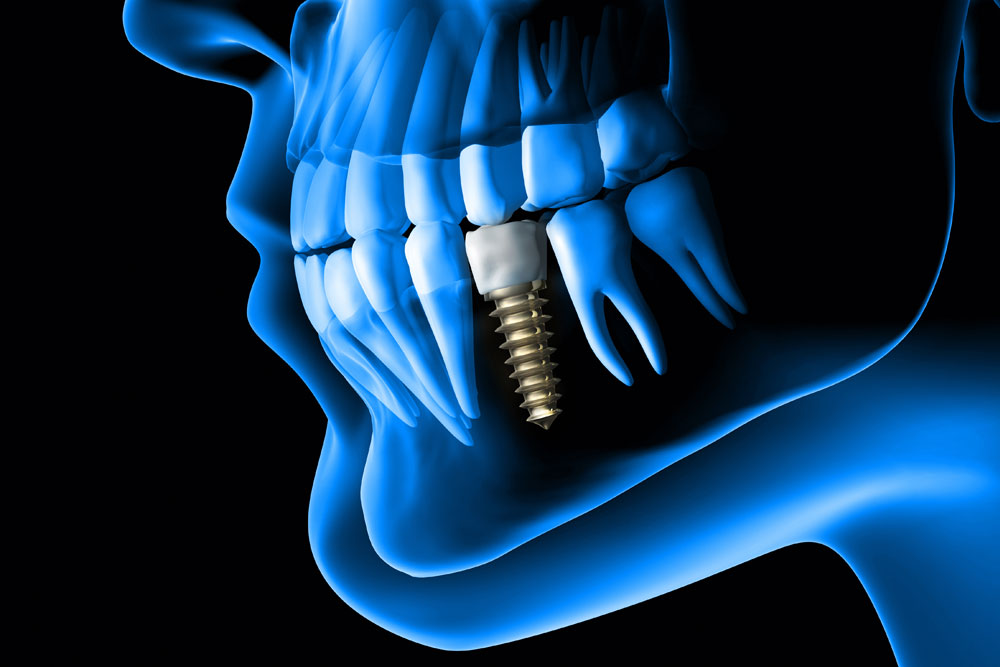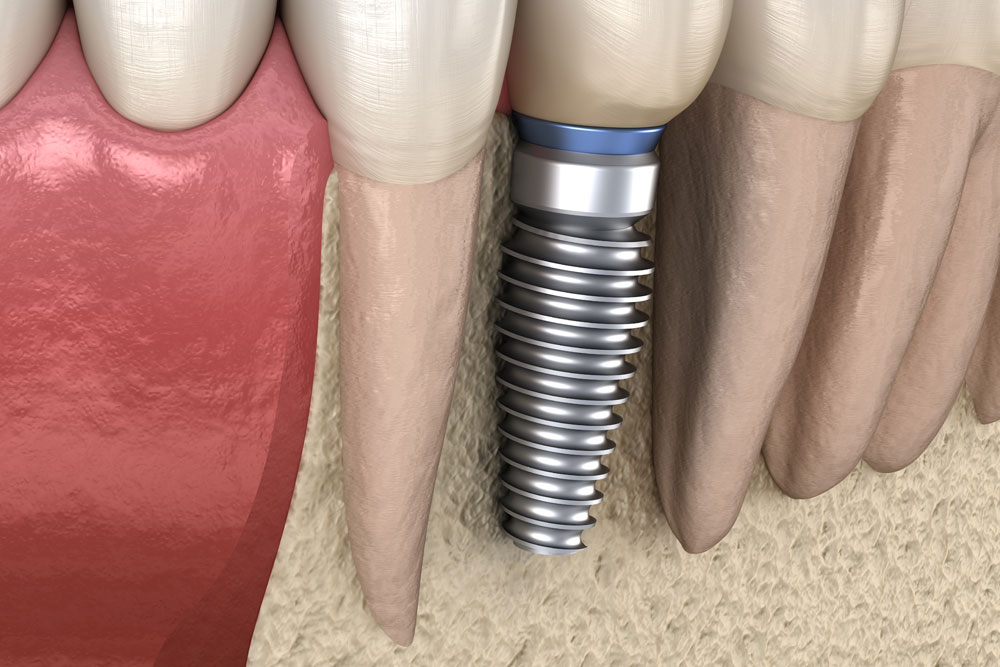A Dental Implant is a surgical process of replacing a tooth or teeth in the jaw bone. A Dental Implant is a great choice if you have a missing tooth or teeth that have impacted your smile.
Today our appearance can enhance our self-acceptance and self-confidence. By having a missing tooth, our facial expressions are also restricted. Maybe we feel embarrassed to smile and we have to avoid smiling because of our lost teeth.
Guided dental implant surgery is when the dental surgeon specializing in dental implants uses advanced and sophisticated equipment and imaging software to create a device or “guide” to be placed on top of the area where the dental implants are planned to be inserted.
This device is designed and elaborated based on the combination of two studies that collect data from the patient’s mouth, not only the remaining teeth structure and soft tissues but also the hard tissues (bone structures) and the nerve terminations.
Medical technology used in guided dental implant surgery:
- CBCT scan
- Intraoral scanner
These two studies are aligned in an image and design software to consider every specific detail and aspect of the patients’ mouth when planning the guided dental implant surgery and create the device for this surgical method.
What are the advantages of a guided dental implant over a conventional freehand method?
The freehand method has been used for many years, and the rate of success is considerably high especially in ideal cases, but thanks to these new technologies and equipment, we are reducing the margin error to almost zero.
In guided dental implant surgery, depth and angulation deviation is avoided. This makes the placement of dental implants more efficiently, precisely, and accurately. Thus, there is no need for an incision because all the precise measurements of the bone, nerve terminations, and distances towards the sinus, were measured in advance when digitally planning the surgery. This reduces the chair time, the recovery period, risk of swelling, bleeding, and risk of infection.



